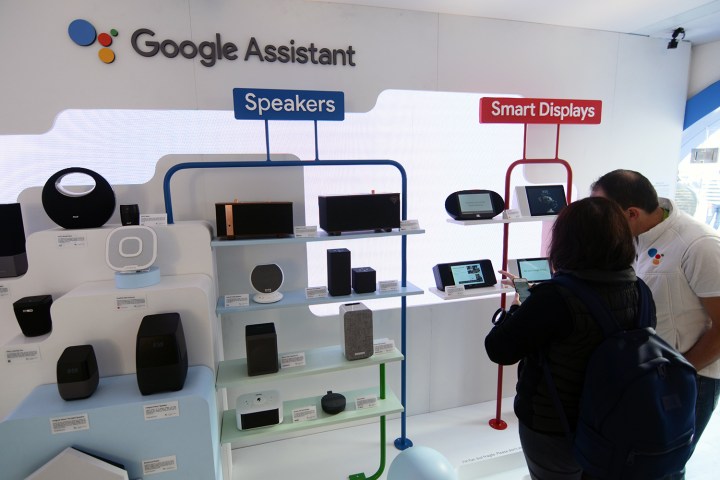
Google wants Android to power everything, and in December 2016, it released a new operating system to help — Android Things. As the name suggests, its primary target is the Internet of Things market, including smart thermostats, TVs, ovens, and more. Now, after a developer preview that saw over 100,000 SDK downloads by developers, Google is releasing Android Things 1.0 with “long-term support for production devices.”
As part of the new Android Things release, Google will begin supporting System-on-Modules (SoMs) based on the NXP i.MX8M, Qualcomm SDA212, Qualcomm SDA624, and MediaTek MT8516 hardware platforms. All of these modules have been certified for production use, and should make it easier for developers to bring their prototypes to the masses.
Furthermore, Google will now be providing “timely software updates over-the-air (OTA).” This means that stability fixes and security patches will be supported on production hardware platforms, while automatic updates will be made available for all devices as a default, making Android Things a more dependable OS. In fact, Google promises free stability fixes and patches for the next three years, and even after official support recedes, developers will still have the option to push app updates to their devices.
“Over the past several months, we’ve worked closely with partners to bring products built on Android Things to market,” Google noted in a blog post. “These include Smart Speakers from LG and iHome and Smart Displays from Lenovo, LG, and JBL, which showcase powerful capabilities like Google Assistant and Google Cast.” But other developers will have the option of leveraging the same OS to create their own products. And if you’re looking to create a new
Android Things software was initially a rebranding of Brillo, an Internet of Things OS Google debuted in May 2015. The company says it “incorporated the feedback from Project Brillo to include familiar tools such as
“Now any Android developer can quickly build a smart device using
The Android Things platform utilizes Weave, which was also announced alongside Brillo. Weave is a cross-platform language that lets devices talk to each other, the cloud, and your phone — one command acts the same to all smart devices. Google says the Weave platform is also getting an update to make it easier for all devices to connect to the cloud and interact with services, such as the Google Assistant.
It’s important to note that consumers will never interact with Weave or Android Things directly as they are simply powering a product, like a smart light bulb. But for folks on the technical side of things,
Updated on May 7: Added news about Android Things 1.0

